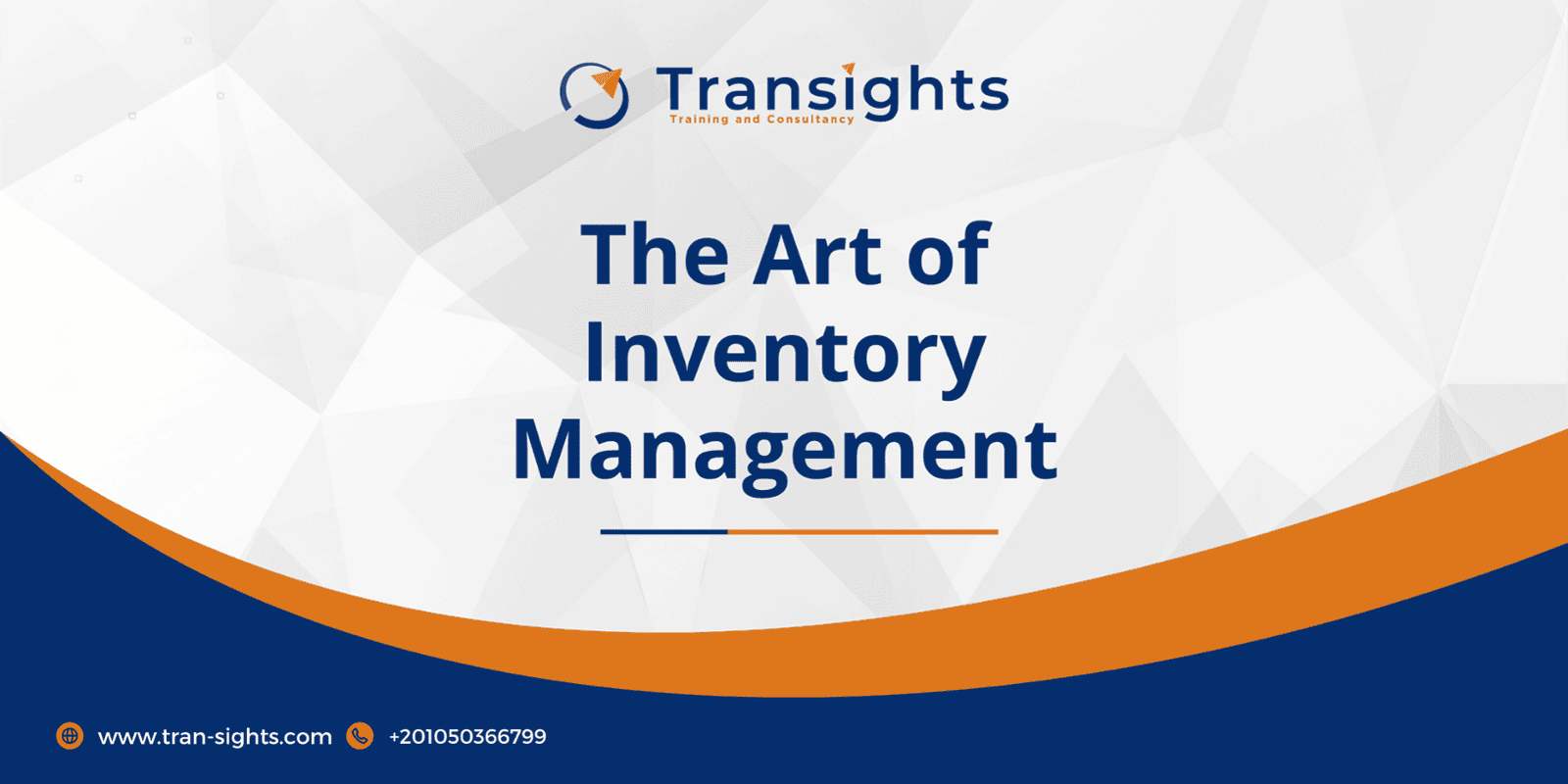
In the fast-paced world of commerce, where demands fluctuate and supply chains are increasingly complex, effective inventory management is crucial for businesses to thrive. Whether it's a small retail store or a multinational corporation, the ability to balance inventory levels efficiently can make all the difference in maintaining profitability and customer satisfaction. In this article, we delve into the key principles and strategies of inventory management that businesses can employ to optimize their operations.
Understanding Inventory Management:
Understanding Inventory Management:
Inventory management involves overseeing the flow of goods from production to consumption. It encompasses various processes such as procurement, storage, tracking, and replenishment. The primary goal is to ensure that the right products are available in the right quantities, at the right time, and in the right locations, while minimizing costs and maximizing efficiency.
Types of Inventory:
Types of Inventory:
There are several types of inventory that businesses typically manage:
Raw Materials: These are the basic materials used in production. Managing raw material inventory involves ensuring a steady supply to support manufacturing operations without excessive stockpiling.
Work-in-Progress (WIP): WIP inventory consists of partially completed products in various stages of production. Balancing WIP levels is essential to maintain smooth production flows and meet customer demand.
Finished Goods: These are the end products ready for sale. Effective management of finished goods inventory involves forecasting demand accurately to prevent stockouts or overstock situations.
Maintenance, Repair, and Operations (MRO): MRO inventory includes items necessary for maintaining machinery and facilities. Proper management ensures operational continuity and minimizes downtime.
Strategies for Effective Inventory Management:
Strategies for Effective Inventory Management:
Just-in-Time (JIT): JIT is a strategy aimed at minimizing inventory levels by receiving goods only when needed for production or sale. It reduces carrying costs but requires precise coordination with suppliers and a reliable supply chain.
ABC Analysis: This technique categorizes inventory items based on their importance, typically into three categories: A (high-value items), B (moderate-value items), and C (low-value items). It helps prioritize inventory management efforts and allocate resources effectively.
Economic Order Quantity (EOQ): EOQ calculates the optimal order quantity that minimizes total inventory costs, considering factors such as ordering costs, carrying costs, and demand variability. It helps strike a balance between inventory holding costs and ordering costs.
Safety Stock: Safety stock is a buffer inventory held to mitigate the risk of stockouts caused by unforeseen fluctuations in demand or supply disruptions. Determining the appropriate level of safety stock involves analyzing demand patterns and lead times.
Inventory Forecasting: Accurate demand forecasting is essential for effective inventory management. Businesses can utilize historical sales data, market trends, and predictive analytics to forecast future demand and adjust inventory levels accordingly.
The Role of Technology:
The Role of Technology:
Advancements in technology have revolutionized inventory management practices. Automated systems, such as inventory management software and barcode scanning, streamline processes, improve accuracy, and provide real-time visibility into inventory levels. Additionally, technologies like RFID (Radio-Frequency Identification) enable precise tracking of inventory throughout the supply chain, enhancing transparency and efficiency.
Conclusion:
Conclusion:

